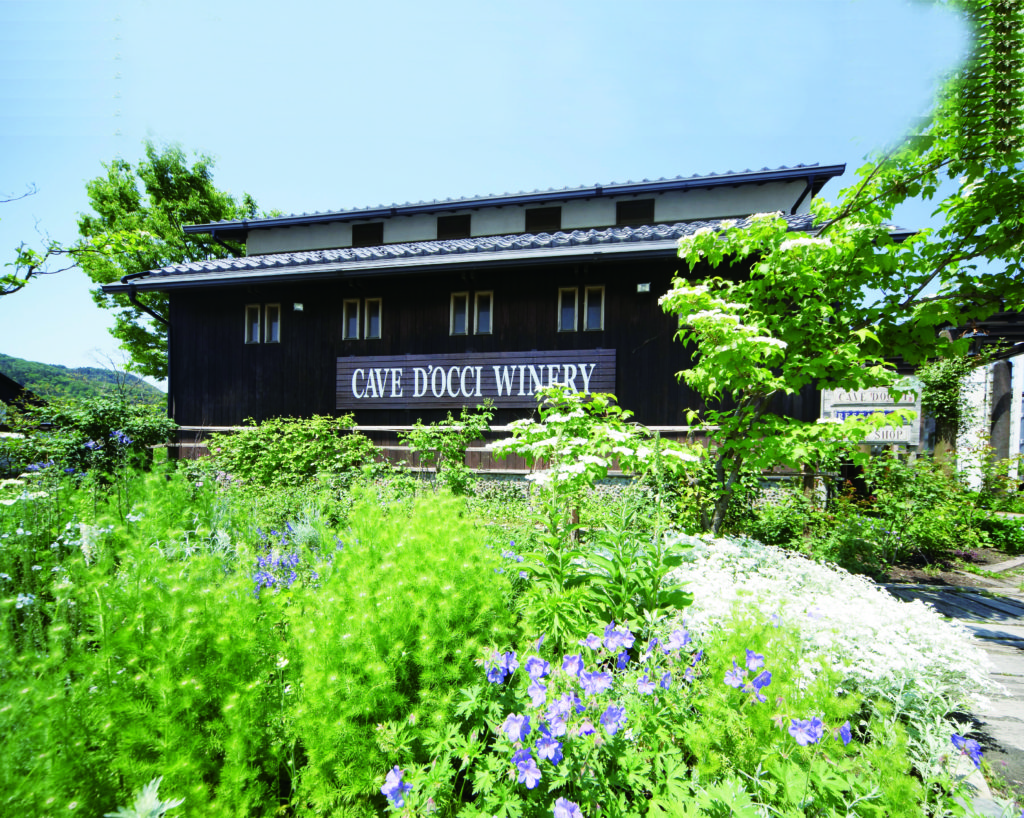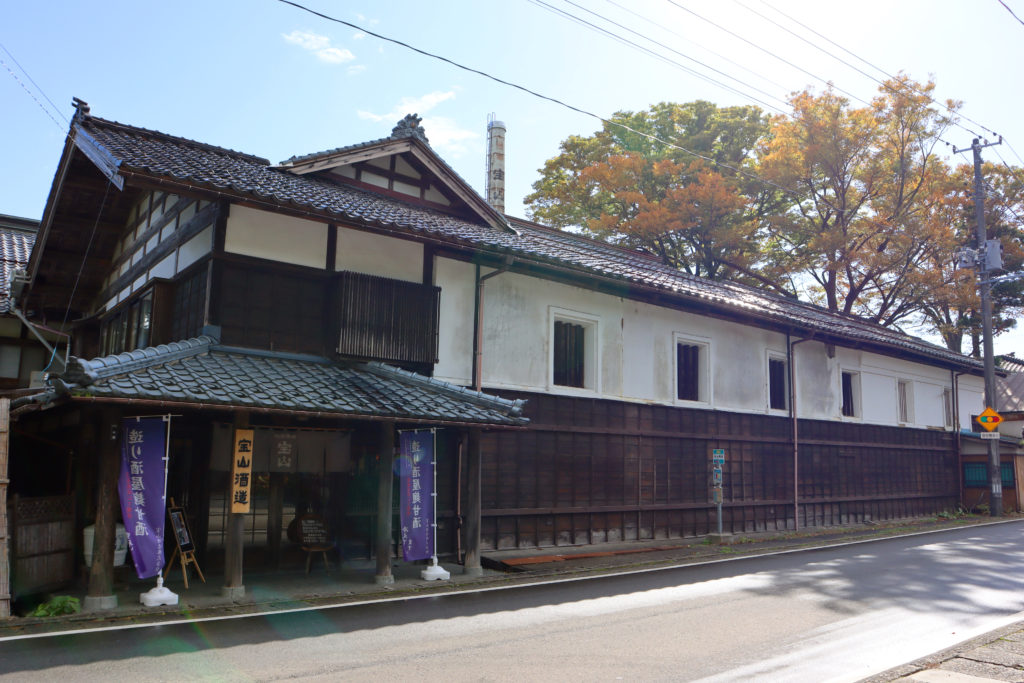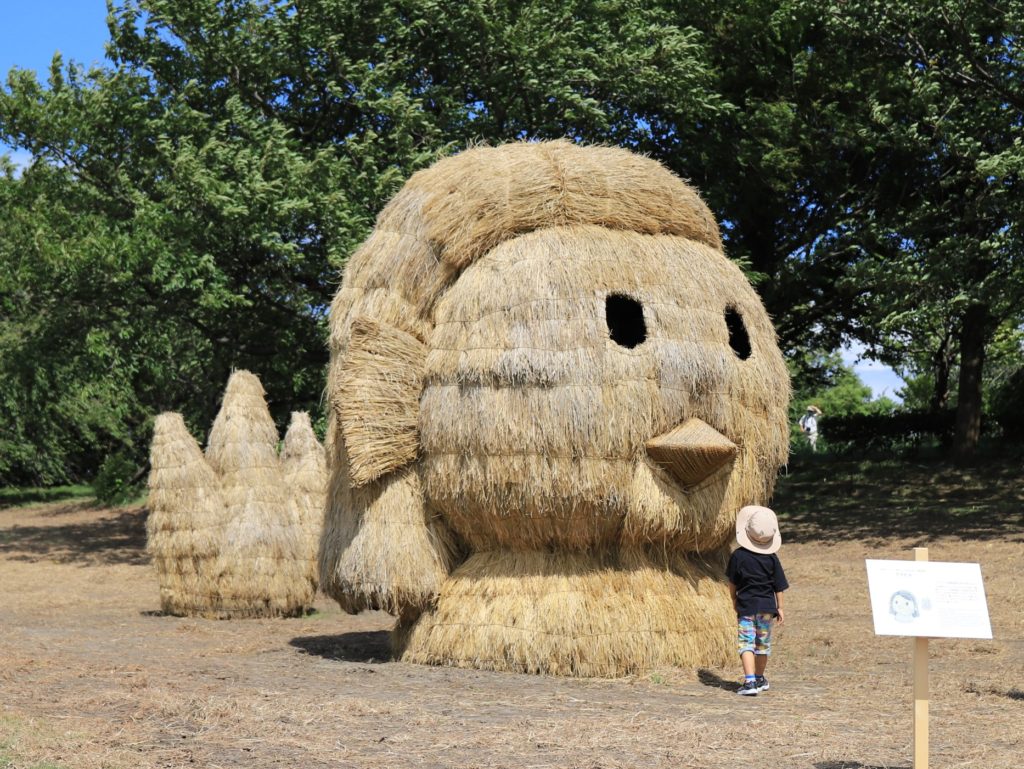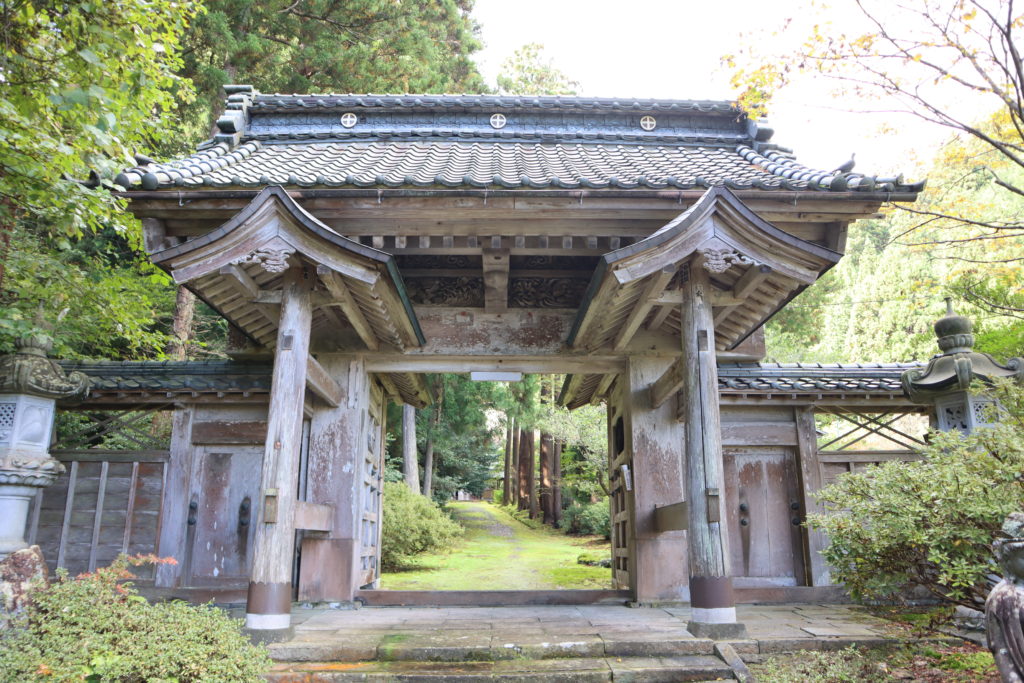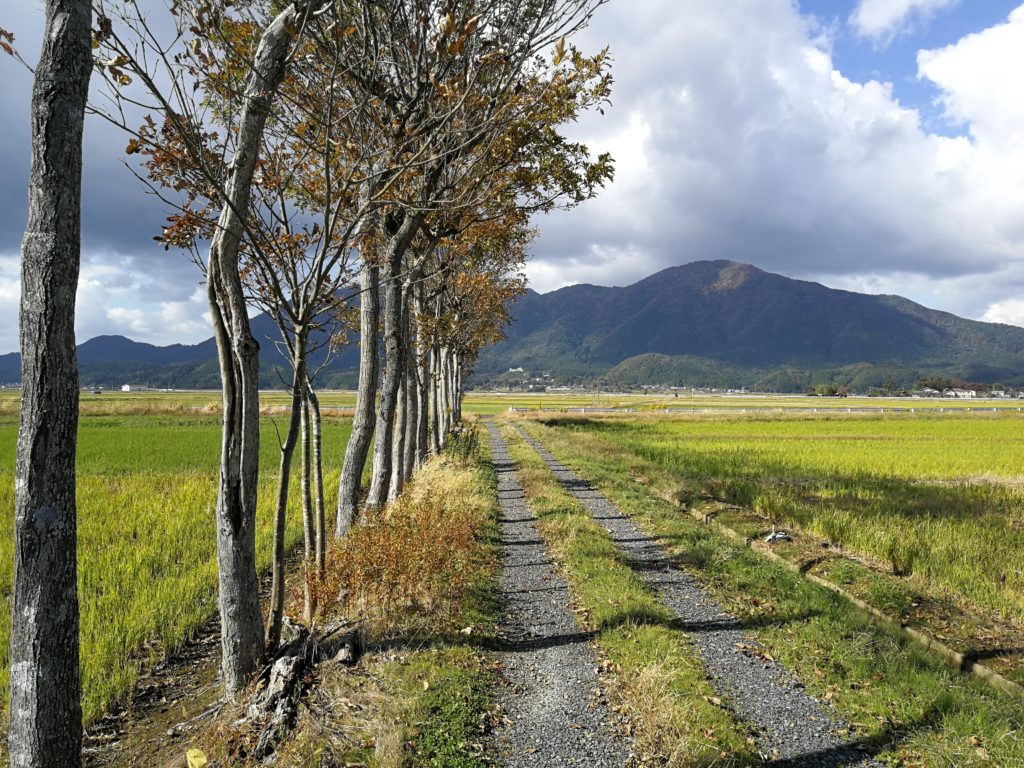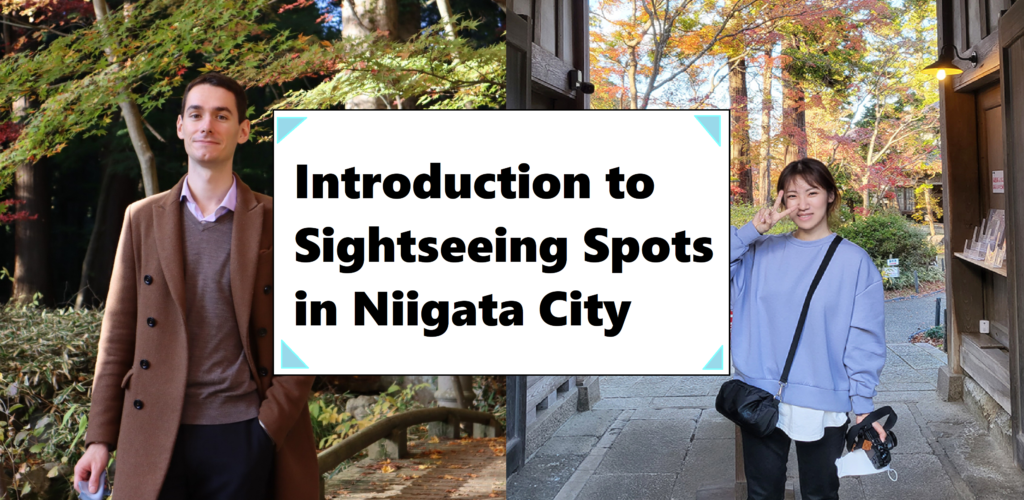
Niigata City has an abundance of wonderful sightseeing spots.
For this issue, we asked two international relations coordinators from the Niigata City International Affairs Division to introduce some of their favorite spots!
※Languages other than English are automatically translated.
Self-Introduction
Charles Durand
Hello everyone, nice to meet you! My name is Charles Durand. I am the French coordinator for international relations of Niigata City. I grew up in the country side, in the western part of France. I moved to the city of Nantes for my studies and started studying Japanese and business at University.
From there, many doors opened to me and frequent travel became part of my life: I came to Japan for the first time in 2016, through a one-year exchange program with Niigata University. I then went back to study in Paris and finally completed a master’s degree in International relations at Peking University in China. Known throughout Japan for its high-quality and tasty seafood, rice as well as sake, Niigata is the perfect destination for the nature lovers who want to experience a more quiet and raditional Japan. I will document my experience and thoughts living and traveling in this beautiful part of the country, hopefully you will find it useful!
Cheers,
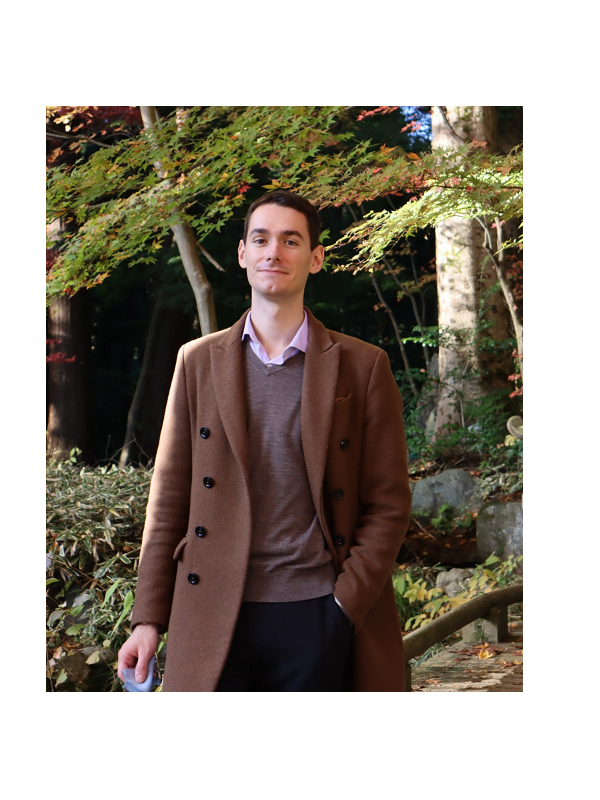
Eunji Kim
Hello everyone! My name is Eunji Kim and I am from South Korea (Republic of Korea). I came in September to work as a Niigata City Coordinator for International Relations.
Since coming to Niigata I’ve been asked a lot of questions but the one that is hardest for me to answer is “Where are you from?” Where I was born, where I grew up, where I’ve lived since becoming an adult, they are all different and in my lifetime I’ve moved dozens of times. I think of all of the places as my hometown but also feel like a stranger in all of them. As early as I can remember, I have thought “with the world this big, it’s a waste to live in just one place.” So, I started living in France and then Japan (Niigata) and hope to live in more countries and regions in the future. I feel like travel is my fate and that it is the meaning of life.
I am incredibly grateful to be able to live in Niigata which has the sea, rivers, mountains, plains, delicious food, you name it. I plan to enjoy this bountiful land to the fullest and share it with you all. I hope you enjoy the articles I will be writing!
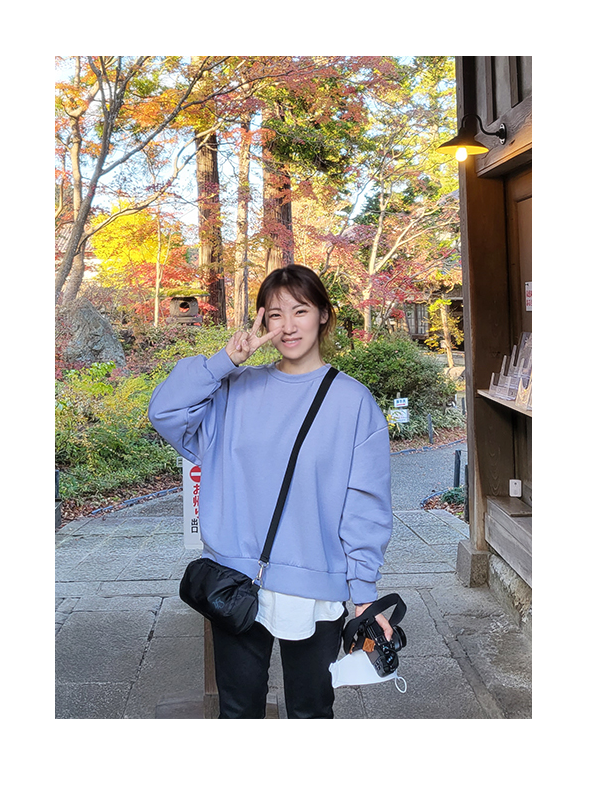
Mikhail Skvortcov
Nice to meet you, my name is Mikhail Skvortcov. I’m from Niigata City’s sister city, Khabarovsk, Russia. Niigata City and Khabarovsk have had a close, friendly relationship with each other for a long time. Since October 2022, I have been working at Niigata City’s Foreign Affairs Division as a Coordinator of International Relations (CIR). Every day is full of fun!
I specialize in economics but I love Japan and Japanese. I first came to Japan in 2015 as a tourist. Afterwards, I returned to Khabarovsk, quit my job, and switched to a job that was related to Japan and required me to use Japanese. I then came to Japan to study and lived in Hokkaido for three years. I studied Japanese for a year and a half at a Japanese language school in Hakodate. After graduating, I was hired by a Japanese company.
Because I worked for a Hokkaido fishing company, I learned how to identify the different types of crabs that Japanese people like to eat. If anyone is interested, I can teach them how to identify crabs too.
Additionally, I like cooking so I can teach everyone how to cook popular Russian foods like borsch and blini. I also like meeting new people and trying new things.
Niigata has so many exciting and wonderful places. I want to visit and experience as many of them as possible, so that I can write interesting articles for everyone. I hope that you will enjoy my articles!
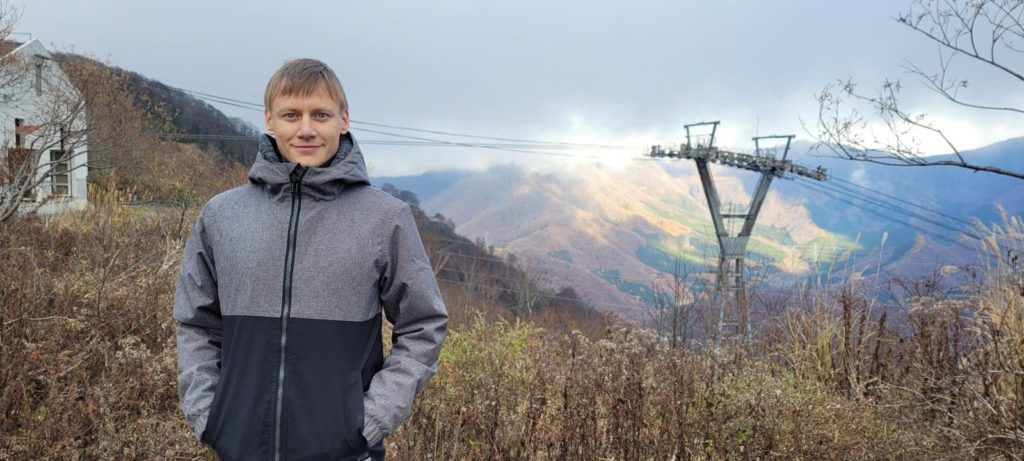
Introduction to Sightseeing Spots in Niigata City
・Nuttari Terrace Street & Sekai Sushi
Nuttari Terrace Street is a fashionable area where a variety of shops line the retro market. And Sekai Sushi is one of popular Niigata sushi restaurants.
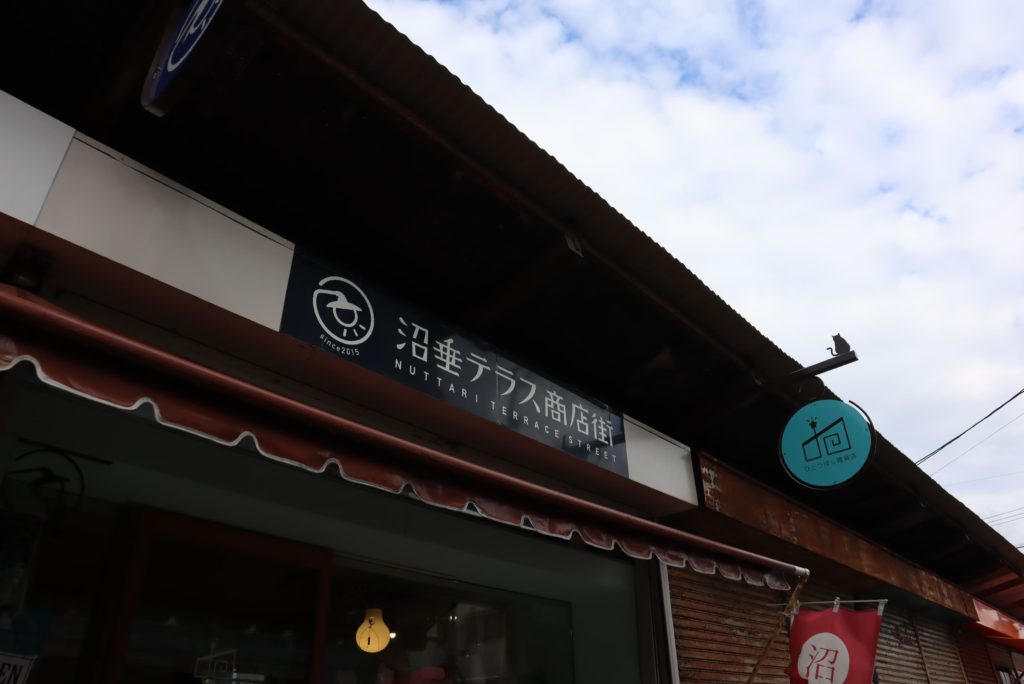
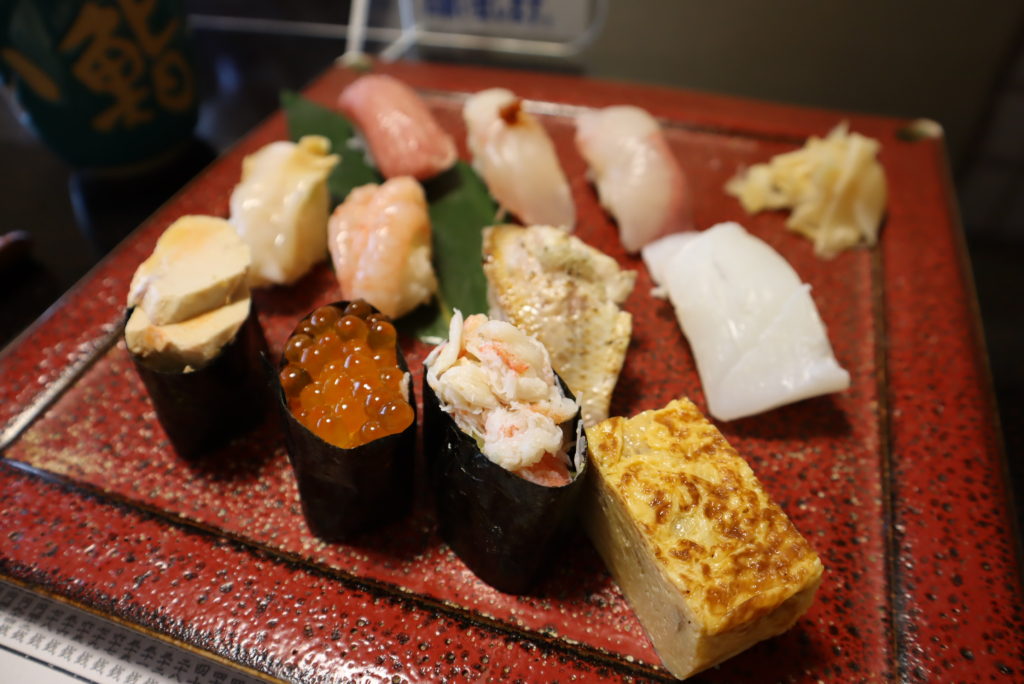
・The Former Ozawa Family Residence
This residence also housed a store that thrived during the latter half of the 19th century. It retains the form of Niigata’s traditional houses.
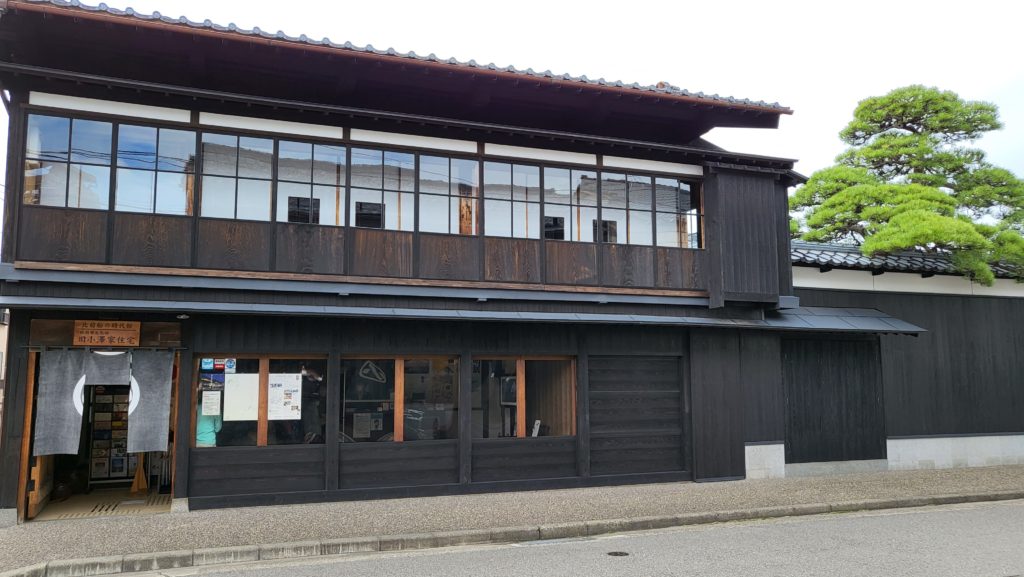
・C57: The Place to be a Kid in a Retro Candy Store!
One of Niitsu’s most well-known shops is “C57,” a retro-looking dagashi candy shop located a mere 3-minute walk from Niitsu Station. The name is said to come from the C57-180 train* that can be said to symbolize Niitsu, showing just how much the locals love their trains.
*C57-180 train: A steam locomotive (SL) that was built in 1946 and operated in Niigata Prefecture until 1969. It was then kept at an elemen-tary school in Niitsu City until it was revived in 1999, this time to operate as the seasonal SL Banetsu Monogatari sightseeing train that runs between Niigata and Aizu-Wakamatsu.
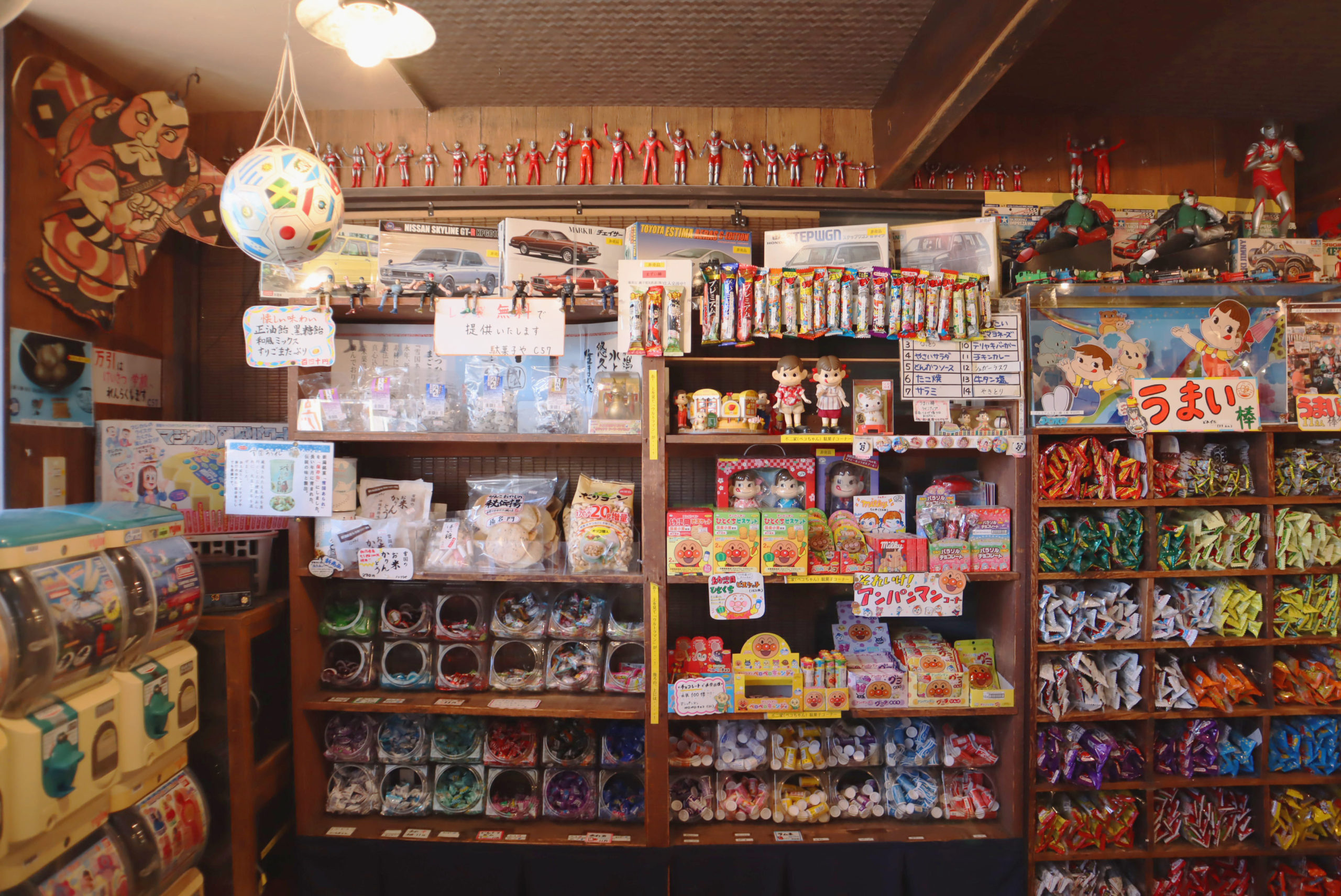
・The Nakano House Art Museum: Red Leaves and Oil
Located in the Akiha Ward of Niigata City, the Nakano House used to be the residence of Japan’s “King of Oil,” Mr.Nakano Kanichi. It is one of Niigata’s most popular spots for contemplating the beauty of the red autumn leaves of the Japanese maple (momiji).
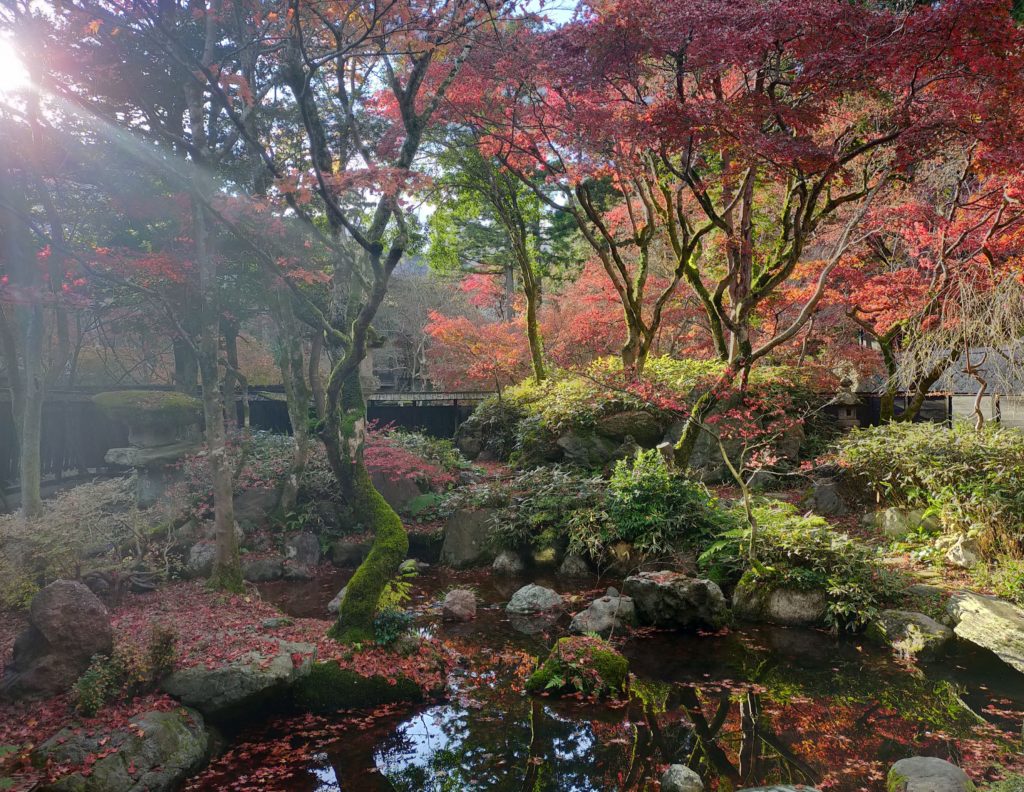
・Kamuri Niitsu: Heaven for Flower Lovers
On a typical day they have 2,000 varieties, totaling around 40,000 plants, many of which are not commonly found elsewhere.In the glass greenhouse, we sell flower bed seedlings, foliage plants, western orchids, fruit tree seedlings, garden trees, bonsai, gardening materials, etc., mainly potted flowers and flowering trees. Kamu-ri is not only for shopping purposes, but it is also a very fun place where you can make new discoveries just by looking at the inside of the building.
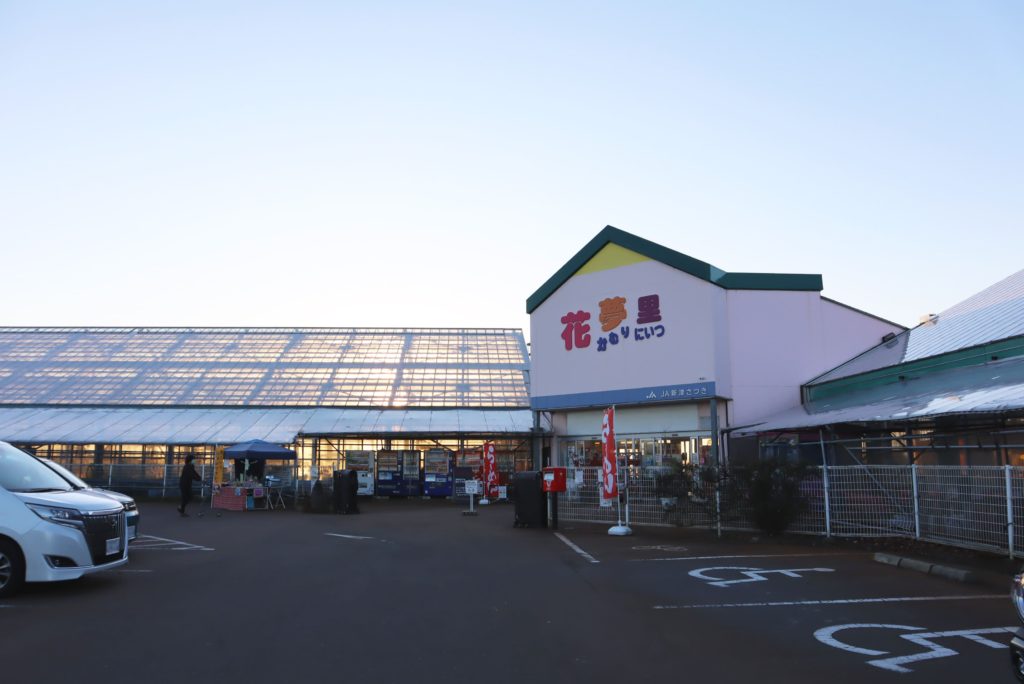
・Niitsu Railway Museum
The Niitsu district of Akiha Ward, Niigata City has long been a strategic point of railways, and many on-site organizations have been set up, so it was called the “city of railways.” In the museum, materials from all fields of railway such as the leading car of the 200 series Shinkansen, the actual car of the C57 type steam locomotive No. 19, the name plate, the model of the locomotive, the wheels and rails are displayed.
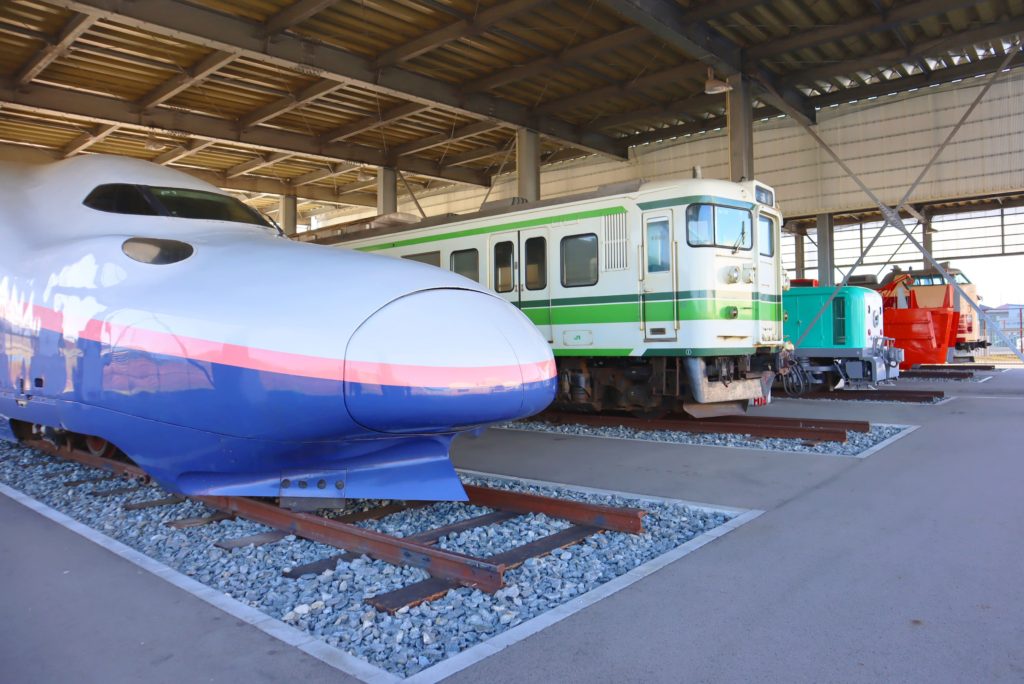
・Sakata
Located in the western district of Niigata City and inside one of the largest dunes in Japan, the Sakata wetland is known to host over 600 types of plants and more than 200 types of birds. It is registered by the Ramsar Convention, which protects important wetlands and waterfowl habitats.
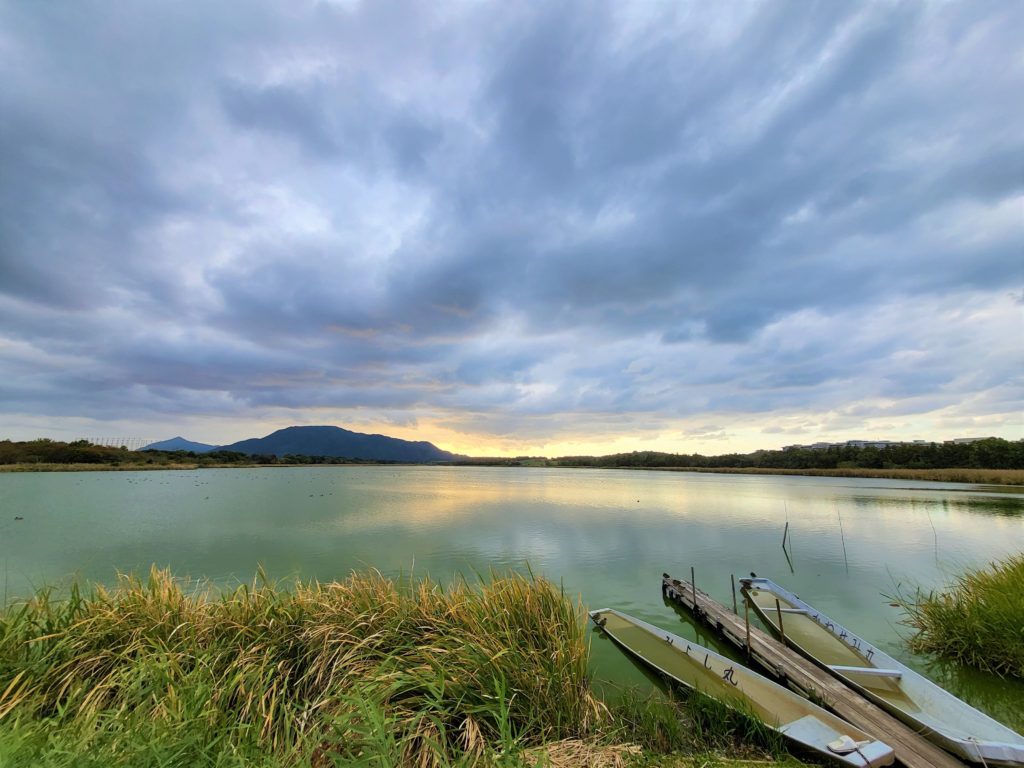
・Iwamuro Hot Spring Village
Iwamuro village started to flourish as a hot spring village during the Edo period, over 300 years ago. It is said that the healing properties of its waters were discovered by witnessing a goose healing its wounds in a hot spring there. Its proximity with Yahiko Shrine naturally attracted the pilgrims and travelers. It is also from Iwamuro that Niigata’s geigi, the local geisha tradition, originates.
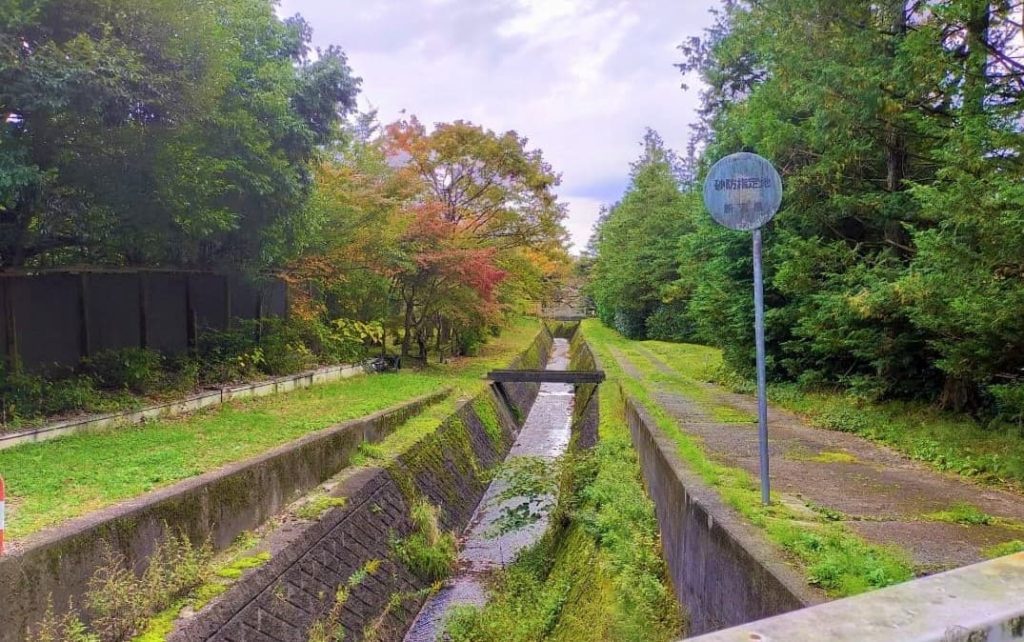
・Niigata Prefectural Botanical Garden
The Niigata Prefectural Botanical Garden was opened in December 1998. Over 100,000 plants that color the four seasons are planted in the vast 19.8ha garden, and it is popular as a place of relaxation for the citizens of the prefecture.
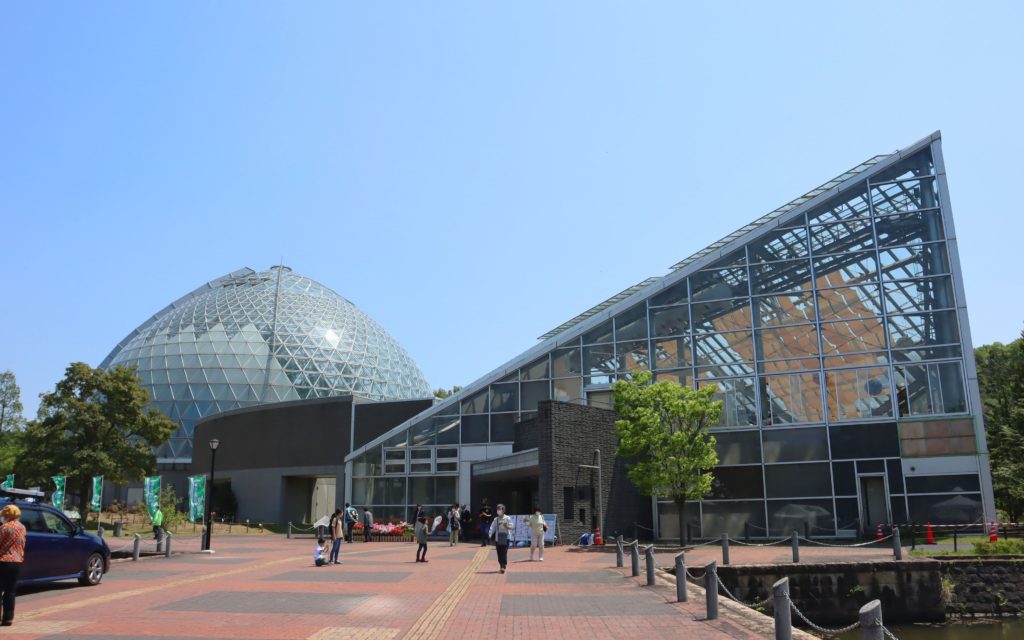
・Cave d’Occi
Kakuda Mountain lies stretched out in front of you. Curvedotchi Winery is located in an area surrounded by vast vineyards.
The winery provides a space and services that allow visitors to experience the winemaking process, enjoy wine and food, and spend a rich time.
・Takarayama Brewery
Takarayama sake brewing was founded in 1885. Located on the foot of Tahozan in the Nishikan-ku of Niigata city, it is blessed with extremely good quality water. In partnership with the local farmers continuing since its foundation, we can obtain safe and good quality rice from them.
・Uwasekigata Park
This is a park of wide-open spaces in the foothills of Mt. Kakuda.
In the park is a resthouse (log cabin), BBQ area, roller slide, Tarzan rope, and a play car racetrack, as well as a 2 kilometer walking trail, boardwalk, huts, 11 hectare lake, and a grass field.
・Shugetsuji
This temple was founded in the 3rd year of the Bunnan Era (1446) by Kenshu Nanei who was born in Satsuma (an ancient province located in present day Kagoshima prefecture).
・Natsui hazaki
These rice-drying racks, which consist of poles strung between trees are a typical feature of the Echigo Plain in Niigata, the number one rice producing area of Japan. When fall comes, the harvested rice plants are spread out on these racks to dry. These form a golden screen along the footpaths.

